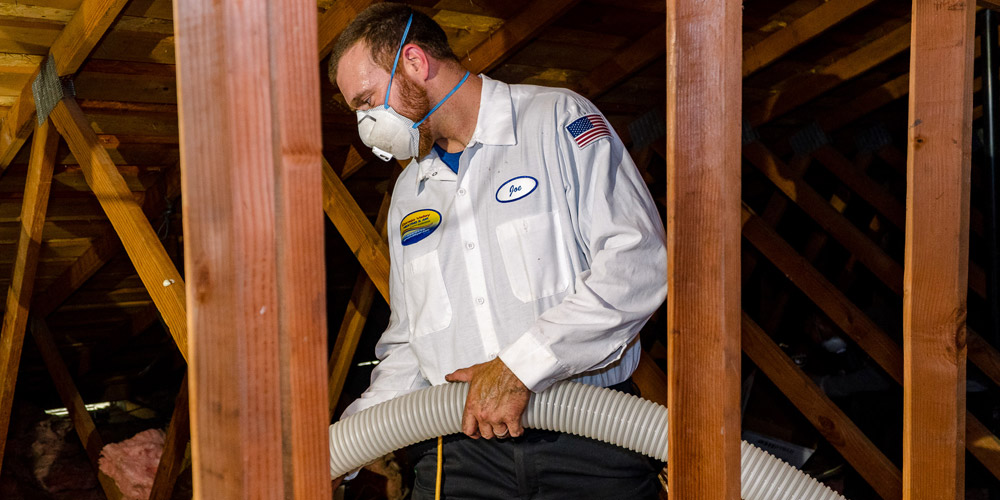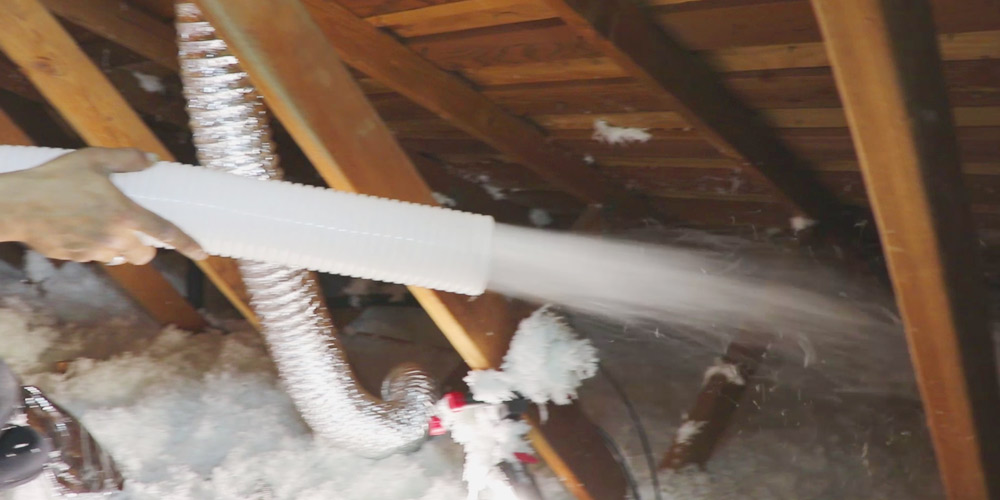Blown-in attic insulation is an excellent solution to help your home become energy efficient and heat resistant. The eco-friendly product is efficient enough to prevent heat from entering your dig and keep it insulated for years. It performs the same function in summer but vice versa in the cold season.
That is to say, Blown-In Insulation is a tried and tested way to reduce your energy bills by 20 percent permanently. Despite the home insulation solution becoming more common, many homeowners don’t have sufficient knowledge about it.
The article, in this regard, includes five basics you need to know about blown-in insulation. Let’s start with understanding what blown-in insulation is.
Table of Contents
What is blown-in Insulation?
You might have seen many traditional insulation products that come in the foam-like boards called faced batts and unfaced rolls. However, if you want to update or add something to the existing attic, there is no better solution than blown-in insulation.
Blown-in insulation or loose-fill insulation uses mineral fibers, making it more reliable for attic insulation. It may also use Styrofoam pellets or another type of cellulose material that adds to its resistance. Many manufactures include non-toxic fiberglass wool in higher concentrations.

Five Basics to Know About Blown-In Insulation
1. Easy Fill between Ceiling Joints and Wall Stud
Home insulation experts need to cut thick fiberglass or wood-based product strips that can fit between ceiling joints and wall studs. They do this task before putting wallboard to improve insulation values. Using batting installation is not ideal in many new constructions as insulation experts have to tear down the drywall. The process is not only time-consuming but a costly proposition.
On the other hand, you can add blown-in insulation to walls and attic without any mess and hassle. The type of attic insulation easily seals small spaces and gaps to fill in the sneaky spots that may let in the cool air.
In addition to making an insulating blanket, loose-fill insulation may reduce sound transmission between the indoors and indoors. This way, you can soften unwanted and annoying street commotion.
Experts drill the holes at the top of stud spaces to install loose-fill insulation. They blow in the material using a flexible and long hose and then seal the holes with a matching plug. If your plug doesn’t match the siding, it may look unsightly or noticeable on the stucco.
2. Blown-in Insulation Comprises Three Types
Not all homeowners know that blown-in insulation comprises three types that have their advantages and disadvantages.
These include;
• Loose-fill Fiberglass
The insulation type is light and uses glass as a primary manufacturing material. When you use it for wall spaces and attic, the type of blown-in insulation offers an R-2.5 thermal average value. The fiberglass insulation requires about 7.5 inches of thickness to match the R-19 insulation value. The loose-fill fiberglass (single bag) doesn’t cost you more than 35 dollars.
• Cellulose
If you’re looking for a toxin-free and eco-friendly home insulation product, cellulose is the right choice. Best for eco-minded homeowners, this blown-in insulation uses shredded recycled newspaper and cardboard.
It is also common in the market and has the resistance to stand fire and mold. However, the type of blown-in insulation may lose its softness and fluffiness if it gets soggy or wet and can reduce its R-value.
• Rock Wool
Rock wool is another type of blown-in insulation. It is also referred to as mineral wool as it contains blast furnace slag – a mixture of iron ore and firing ore. Manufactures heat and combine it with other minerals to make it an airy product. It feels like the raw wool of a sheep when you touch it.
RELATED ARTICLE: A Complete Guide to Attic Insulation

3. Easy to Purchase from Home Improvement Centre
The best feature about using blown-in insulation is that it is readily available at different home improvement shops and lumberyards. Whether you want loose-fill fiberglass insulation or cellulose, you don’t have to visit a particular store.
However, you might have to order rock wool from a different store as it is a specialty item and not available everywhere.
If you’re considering installing blown-in insulation as a DIY project, you have to purchase a blower. You can loan it without paying from a lumberyard if the store allows you. But you need to buy more than ten insulation bags to be able to loan them free of charge.
4. Saves You Money
As mentioned earlier, blown-in insulation is airtight compared to rolls and batts. It can quickly get into crevices and small nooks in the attic, particularly in the areas where cool and hot air escapes. The feature sets this type of insulation product apart from the rest and makes it highly energy efficient.
Although it is hard to predict the total cost of installation, many homeowners consider installation cost worth spending as it saves them hundreds of dollars on energy bills for the next five years. Stated, because blown-in installation is energy efficient, it is more affordable for homeowners.
RELATED ARTICLE: How Much Will Home Insulation Save You?
5. You can install it as a DIY Project
It is best to leave blown-in insulation into walls to the professionals as it involves heavy transpiercing into stud spaces. It may also contain installing pipes and electrical wiring. But if you’re a handy homeowner and know the basics of home insulation products, you can install blown-in insulation into an attic as a DIY task.
This might sound surprising to you, but it doesn’t need any special skills. All you need is to crouch under the sloping attic low to distribute the blown-in insulation evenly. Also, read the written instructions for insulation on the blower and bag of insulation. Do some research and follow the tips given by an experienced or professional Blown-In Insulation contractor to complete your attic-insulating project successfully.










